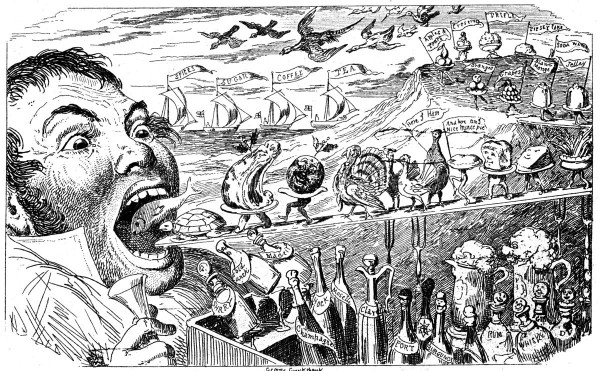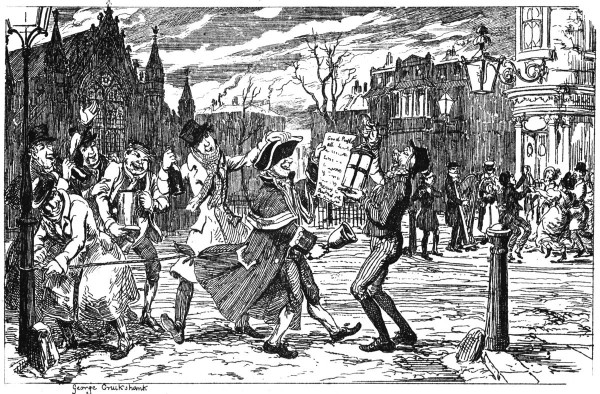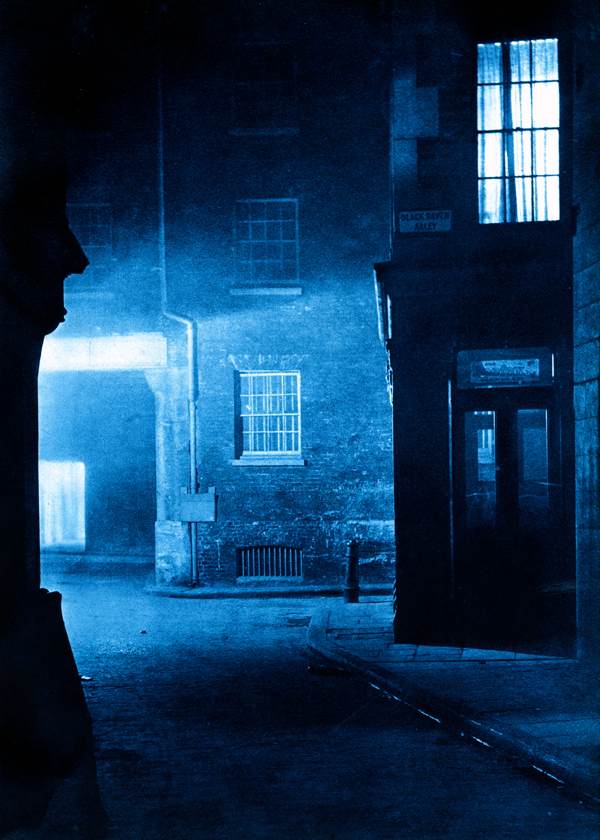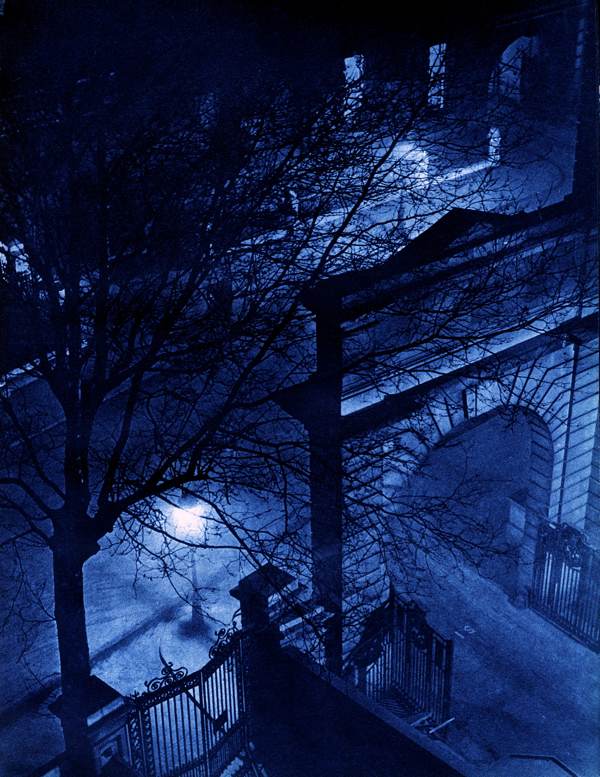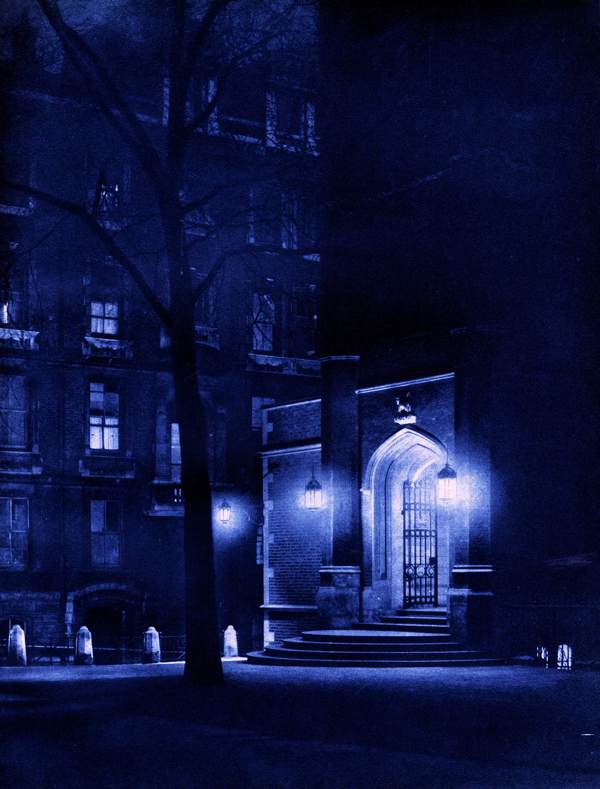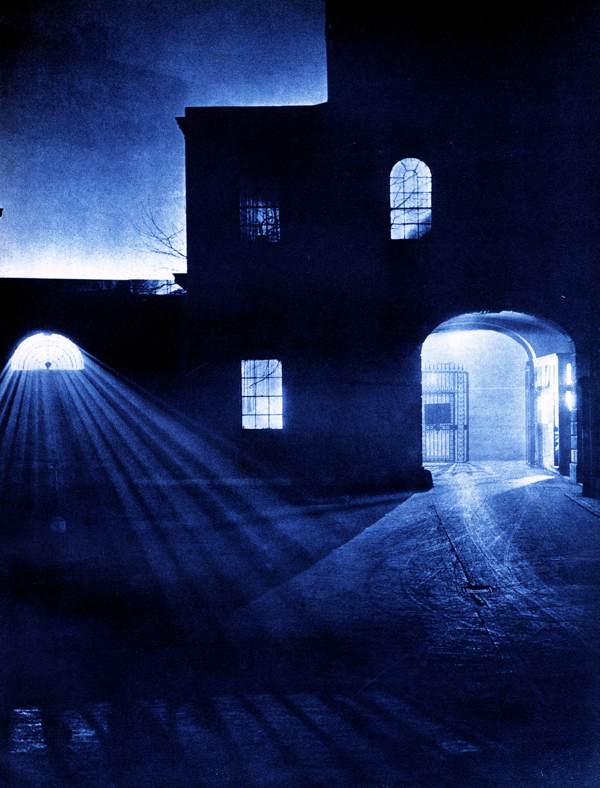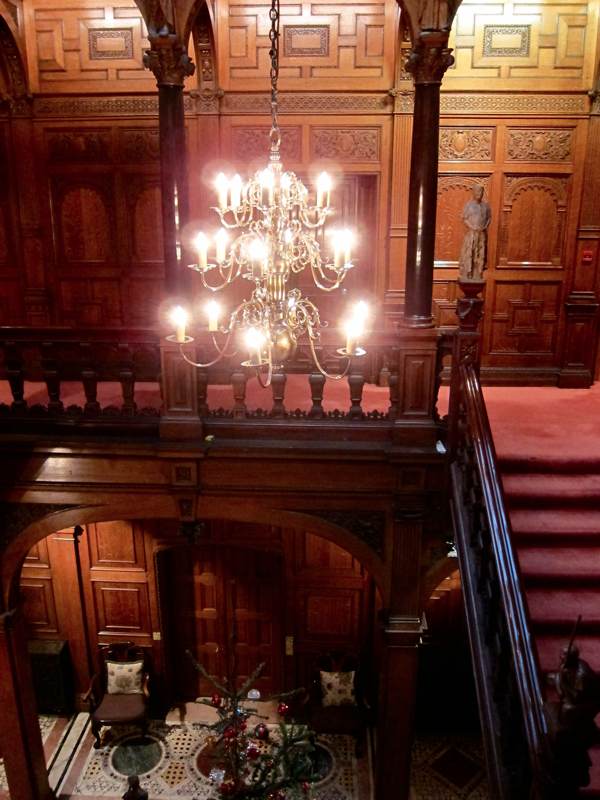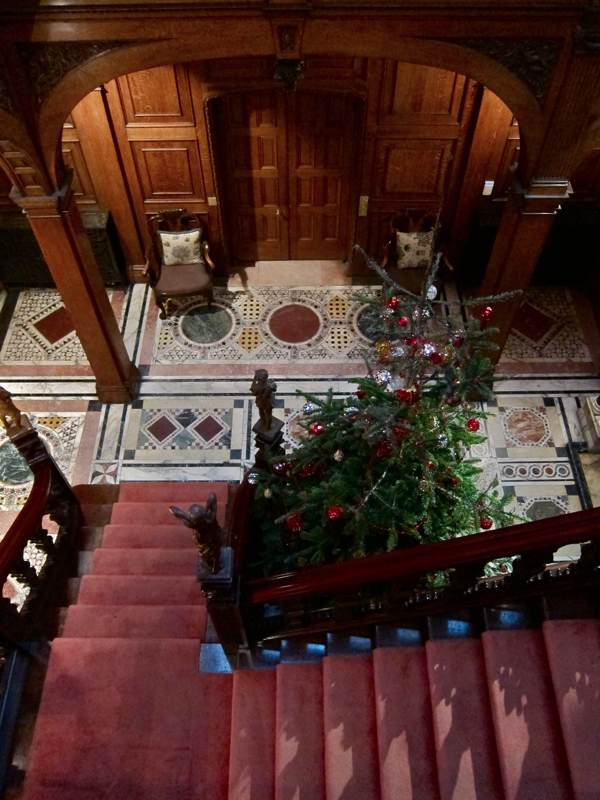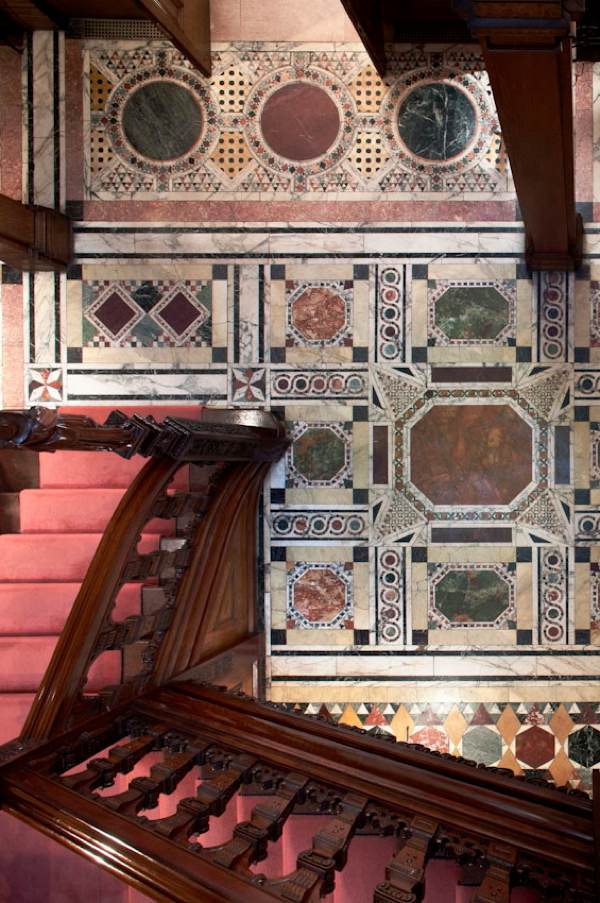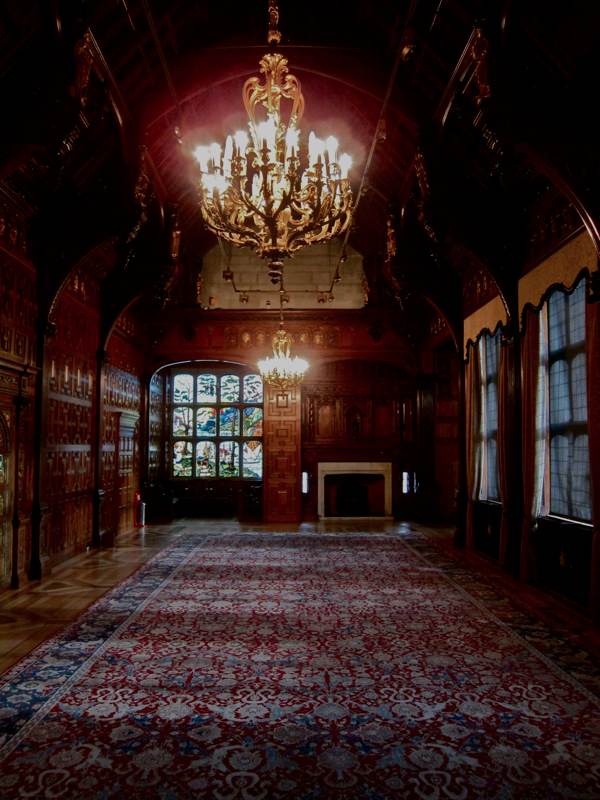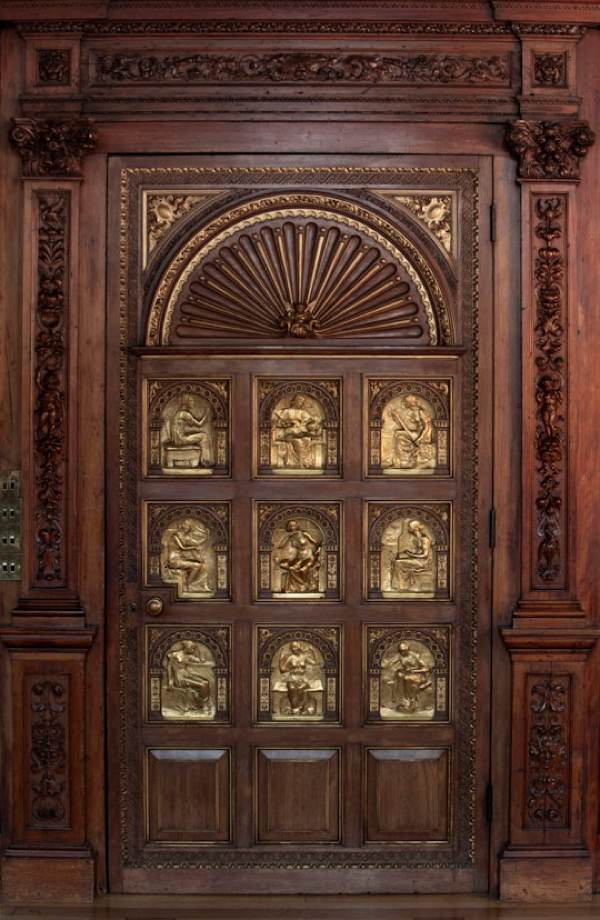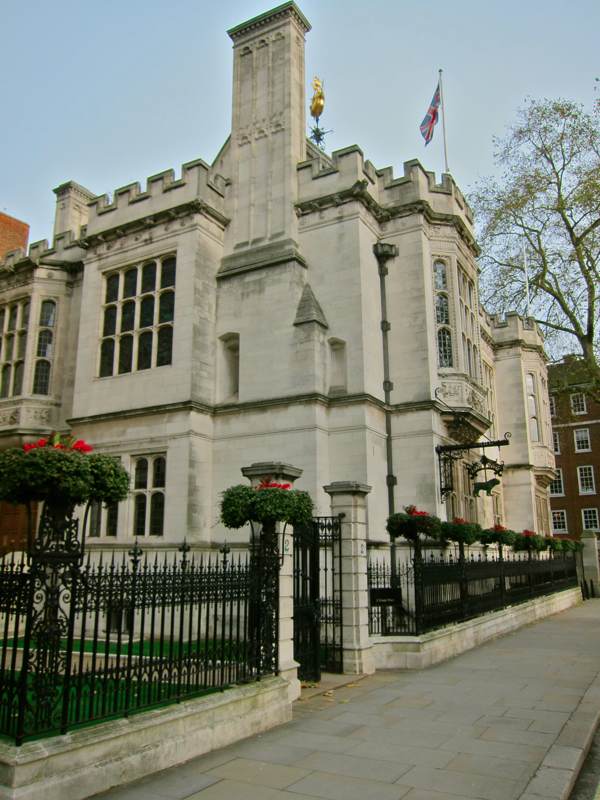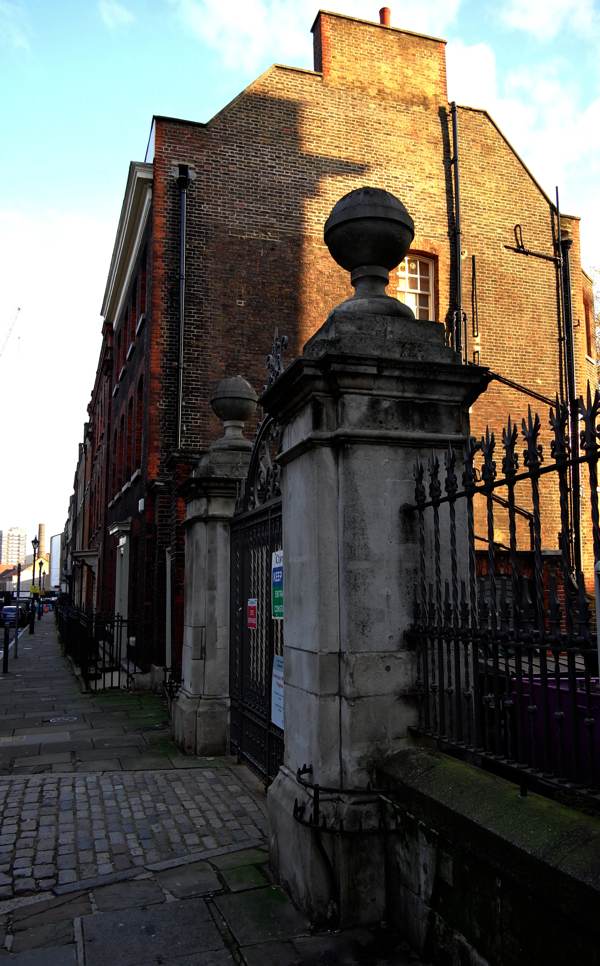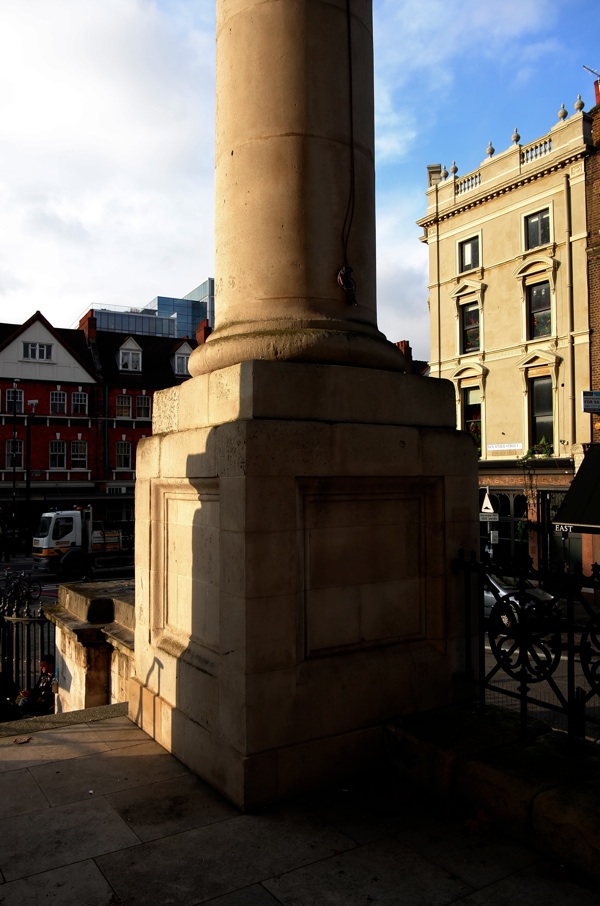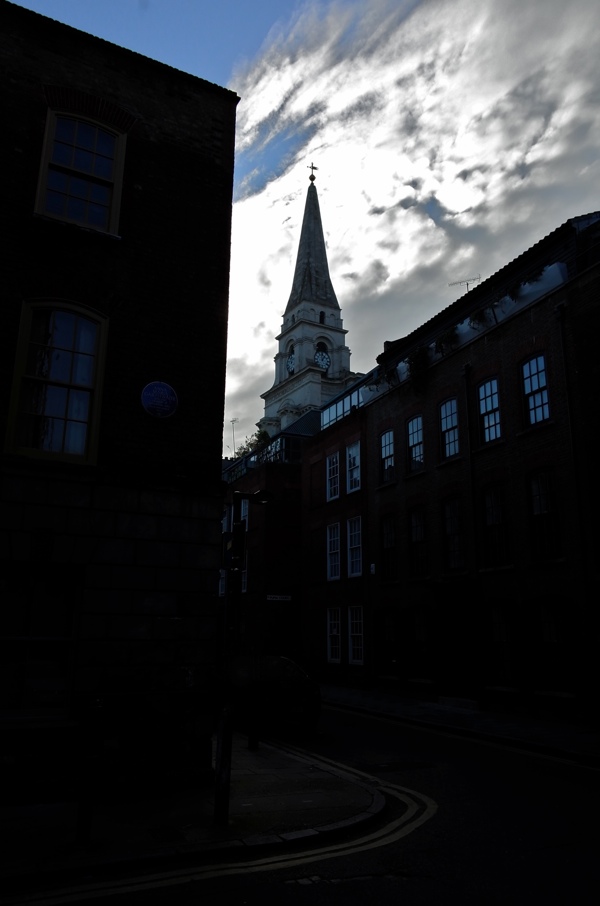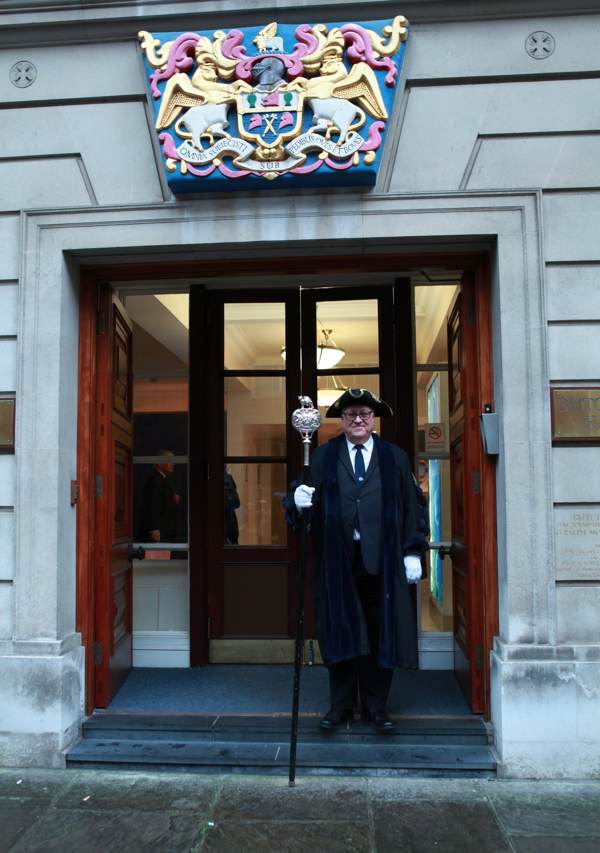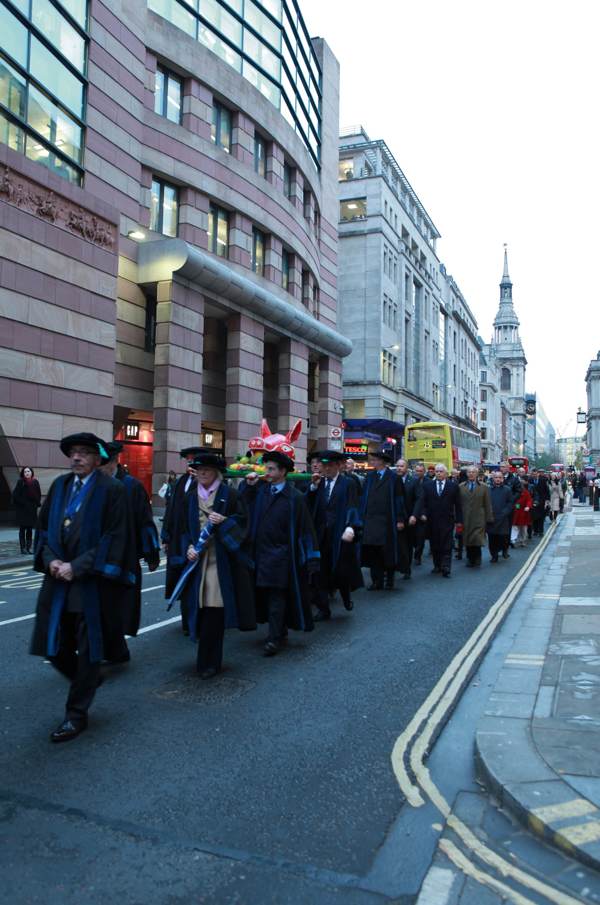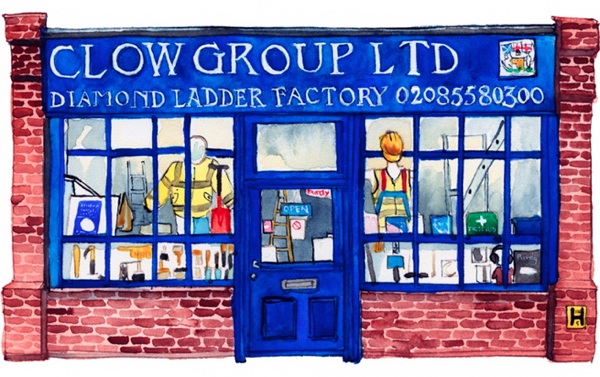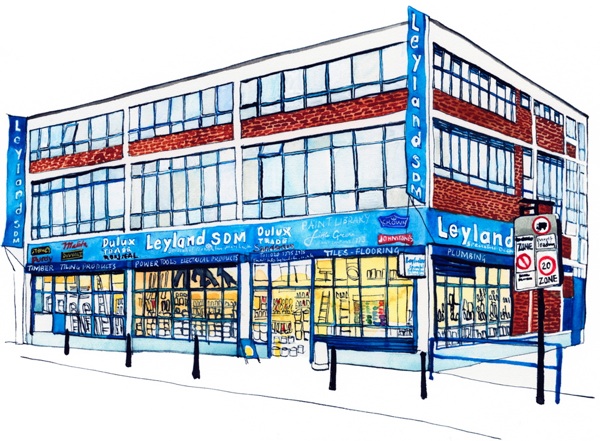幸运5开奖官网 开奖号码+开奖结果查询 稳赢计划APP手机版下载. Henrietta Keeper’s Photographs
Click here to buy GIFT VOUCHERS for The Gentle Author’s Tours in 2024

Click here order a signed copy of The Gentle Author’s ON CHRISTMAS DAY for £10
Henrietta Keeper, Singer
Henrietta Keeper (widely known as “Joan”), the vivacious octogenarian ballad singer who used to perform at E.Pellicci in the Bethnal Green Rd every Friday, once invited me to round to her tiny flat to show me her remarkable collection of photographs and meet her daughter Lesley, custodian of the family album.
These pictures show Henrietta’s life as it existed within a small corner of the East End on the boundary of 澳洲幸运5 and Bethnal Green in the nineteen fifties. On one side of Vallance Rd was Cranberry St where Henrietta’s mother-in-law Selina lived and took care of her daughters while the family waited for a house of their own. On the other side of Vallance Rd was Selby St where Henrietta’s husband Joe and his brother Jim ran Keeper & Co, making coal deliveries. And at the end of Vallance Rd was New Rd where Henrietta worked as a machinist at Bartman & Co making coats and jackets.
Having grown up in Bethnal Green during the war and brought her own family up though the austerity that followed, Henrietta was a woman of indefatigable spirit. Most remarkable of all, she sang throughout her life, winning innumerable singing competitions and giving free concerts.
Henrietta with fellow machinist Izzie. “When I was nineteen I started here and I became the top machinist,” she explained, “I think my hair looks a bit like Barbara Windsor’s in this picture.”
Henrietta with Mr Bartman at Bartman & Co.
“This is Selina Keeper, my mother-in-law at her house in Cranberry St. She was real Victorian lady. She used to whip the cup of tea off the table before you had finished it!” said Henrietta. And Lesley added, “She had a best front room that she kept under lock and key, and only once – when she unlocked it – did I go in, but she said ‘Get out!’ You couldn’t touch anything. It had to be kept perfect.”
“My husband Joe took this picture of his two best friends George Bastick and Leslie Herbert in Nelson Gardens next to St Peter’s Church, Bethnal Green. What a pity he isn’t in it?”
Coronation Day, 1953, celebrated at Hemming St, Bethnal Green. Lesley is in the blazer on the right hand side of the front row and Henrietta can be distinguished by her blonde hair beneath the Union Jack, peering round the lady in front of her.
“This is Jim Keeper, my brother-in-law, with his horse Trigger. My husband, Joe, worked with him and he had the biggest coal round in the East End – Keeper & Co. Joe was so strong he could carry a two hundredweight sack of coal on his back up the stairs of the buildings with ease. The brothers used to go home to lunch with their mum in Cranberry St and take Trigger with them. She always collected the horse manure for her roses while they were there and when the Queen Mother visited the East End, she leaned over the fence and said ‘This one should win best garden.'”
“Taken in 1947 at Southend, when I was twenty, this is Cathy Tyler, my sister Marie and me – I was known as Minxie at the time and we all sang together like the Andrews sisters. I was a bit shocked when I saw it because you can see I am pregnant. I thought, ‘Is that me?'”
Henrietta (far right) photographed with her workmates by a street photographer around Brick Lane during a lunch break in the fifties.
This is Henrietta’s daughter Lesley visiting Petticoat Lane with her grandfather James Keeper in 1953. “He was a delivery man with a horse and cart, they called it a ‘carman,'” Henrietta remembered, “he was also a cabinet-maker and he brought me beautiful polished wooden boxes that he made.”
Henrietta and her husband Joe with their daughter Lesley on a trip to Columbia Rd.
The two children on the right are Lesley and Linda Keeper playing at Cowboys and Indians with their friends in the nineteen fifties in Cranberry St while they lived with their grandmother. Lesley remembers Mrs Dexter across the road who called out “Play nicely on the debris!” to the children and you can see the bomb site where they played in the back of the photograph. Today Cranberry St no longer exists, just the stub of road beside Rinkoff’s bakery in Vallance Rd indicates where it once was.
Henrietta singing at a Holiday Camp at Selsey Bill in the nineteen sixties.

Henrietta singing at Pelliccis
You may like to read my original portrait
五分彩开奖结果官网 开奖结果查询 官网开奖号码 开奖号码结果 开奖号码记录 历史开奖记录查询 官网开奖稳赢计划 怎么玩技巧专业人士揭晓分享. George Cruikshank’s Christmas In London
Click here to buy GIFT VOUCHERS for The Gentle Author’s Tours in 2024

Click here order a signed copy of The Gentle Author’s ON CHRISTMAS DAY for £10
As we brace ourselves for the forthcoming festive season, let us contemplate George Cruikshank‘s illustrations of yuletide in London 1838-53 from his Comic Almanack which remind us how much has changed and also how little has changed. (You can click on any of these images to enlarge)
A swallow at Christmas
Christmas Eve
Christmas Eve
Christmas dining
Christmas bustle
Boxing day
Hard frost
A picture in the gallery
Theatrical dinner
The Parlour & the Cellar
New Year’s Eve
New Year’s birth
Twelfth Night – Drawing characters
January – Last year’s bills
You may also enjoy
George Cruikshank’s Comic Alphabet
Burdekin’s London Nights

Click here order a signed copy of The Gentle Author’s ON CHRISTMAS DAY for £10
East End Riverside
As you will have realised by now, I am a night bird. In the mornings, I stumble around in a bleary-eyed stupor of incomprehension and in the afternoons I wince at the sun. But as darkness falls my brain begins to focus and, by the time others are heading to their beds, then I am growing alert and settling down to write.
Once I used to go on night rambles – to the railway stations to watch them loading the mail, to the markets to gawp at the hullabaloo and to Fleet St to see the newspaper trucks rolling out with the early editions. These days, such nocturnal excursions are rare unless for the sake of writing a story, yet I still feel the magnetic pull of the dark city streets beckoning, and so it was with a deep pleasure of recognition that I first gazed upon this magnificent series of inky photogravures of “London Night” by Harold Burdekin from 1934 in the Bishopsgate Library.
For many years, it was a subject of wonder for me – as I lay awake in the small hours – to puzzle over the notion of whether the colours which the eye perceives in the night might be rendered in paint. This mystery was resolved when I saw Rembrandt’s “Rest on the Flight into Egypt” in the National Gallery of Ireland, perhaps finest nightscape in Western art.
Almost from the beginning of the medium, night became a subject for photography with John Adams Whipple taking a daguerrotype of the moon through a telescope in 1839, but it was not until the invention of the dry plate negative process in the eighteen eighties that night photography really became possible. Alfred Stieglitz was the first to attempt this in New York in the eighteen nineties, producing atmospheric nocturnal scenes of the city streets under snow.
In Europe, night photography as an idiom in its own right begins with George Brassaï who depicted the sleazy after-hours life of the Paris streets, publishing “Paris de Nuit” in 1932. These pictures influenced British photographers Harold Burdekin and Bill Brandt, creating “London Night” in 1934 and “A Night in London” in 1938, respectively. Harold Burdekin’s work is almost unknown today, though his total eclipse by Bill Brandt may in part be explained by the fact that Burdekin was killed by a flying bomb in Reigate in 1944 and never survived to contribute to the post-war movement in photography.
More painterly and romantic than Brandt, Burdekin’s nightscapes propose an irresistibly soulful vision of the mythic city enfolded within an eternal indigo night. How I long to wander into the frame and lose myself in these ravishing blue nocturnes.
Black Raven Alley, Upper Thames St
Street Corner
Temple Gardens
London Docks
From Villiers St
General Post Office, King Edward St
Leicester Sq
Middle Temple Hall
Regent St
St Helen’s Place, Bishopsgate
George St, Strand
St Botolph’s and the City
St Bartholomew’s Hospital, Smithfield
Images courtesy © Bishopsgate Institute
You might like to read these other nocturnal stories
On Christmas Night in the City
Night at the Brick Lane Beigel Bakery
Night at The 澳洲幸运5 Market, 1991
At Two Temple Place

Click here order a signed copy of The Gentle Author’s ON CHRISTMAS DAY for £10
If you were to take a turning off the Strand, walk down Essex St, then descend Milford Stairs to Milford Lane, emerging within the shadow of the nineteenth century edifice of Two Temple Place, then sneak between the ornate railings and slip in through a crack in the panelled door – you might find yourself alone, as I did, in the hallway of the extravagant mansion built for the reclusive William Waldorf Astor when he inherited a hundred million dollars in 1890, became the richest man in the United States and fled to London in exile.
“America is not a fit place for a gentleman to live,” he declared after receiving death threats and kidnap attempts upon his children. Yet even before you know the details or learn that Astor employed pre-eminent architect, John Loughborough Pearson – luring him with an unlimited budget – you sense that you are at the portal to a fantasy. The staircase is oak, the panelling is mahogany, the pillars are solid ebony and the marble floor is inlaid with jasper, porphyry and onyx. Twelve characters from Robin Hood sculpted by Thomas Nicholls upon the newel posts emerge from the gloom, harbingers of another world that awaits you at the head of the stair.
So frustrated was Astor that, in 1892, he released announcements of his own death in the vain hope of winning greater privacy, only compounding his personal enigma once they were revealed as false. After Astor’s wife died in 1894, he often retreated from his family home in the more fashionable Carlton House Terrace to sleep at Two Temple Place, built as the headquarters of his sprawling business empire. “There I am safe,” he confided to Lady Warwick and showed her a lever upon the first floor which locked every entrance to the building. Similiarly at Hever Castle, Astor’s primary country residence, he had a drawbridge constructed that could be raised each night.
Two Temple Place is the glorious product of an idiosyncratic and unfettered imagination. After Astor’s death in 1919, it was rented and then sold for use as offices, only opened to visitors in 2011 by the Bulldog Trust, when it was revealed to the wider public as a lost masterpiece of late nineteenth century architecture.
Standing at the foot of the staircase, you understand why Astor felt “safe,” in the sense that you are entirely enclosed by the wood-lined room which permits no window to the outside world. Comprising a square stairwell, the space rises to an enclosed gallery with arches similar to those in engravings by Esher.
The bitter aroma of pine from the Christmas tree rises in the soporific warmth of the central heating as you ascend in the shadows to the gallery, where the extent of the literary iconography which recurs throughout the building becomes apparent. At each corner of the stairwell stand Astor’s favourite protagonists from novels – Hester Prynne, Rip Van Winkle, The Pathfinder and The Last of the Mohicans – characteristically, all are outsiders who are misunderstood. Above them is a Shakespearian frieze with eighty-two identifiable characters from Anthony & Cleopatra, Henry VIII, Othello and Macbeth, significantly chosen as plays that dramatise the torments of power. Yet, remarkably, the proportion and order of the space, the lustre of the materials and the expertise of the workmanship place everything in perspective – the chaos of human endeavour is reconciled within this sanctuary of the imagination.
Unsurprisingly, Astor’s private office is equipped with both a secret door and discreet drawers for the storage of champagne, the latter hinting at a brighter side to his nature. Through the secret panel is the largest room in the building, known as The Great Hall or The Mediation Room, where Astor summoned those he chose to do business with. I was told that Pencil Cedar was chosen for the panelling in this room, emitting a relaxing aroma calculated to dispel any tension, yet such is the grandiose nature of the seventy-foot long hall, I doubt anyone would seek controversy in the face of its creator.
At either end, stained glass windows portray the rising and setting sun while the epic mahogany hammer-beam ceiling above is modelled upon the design of the roof in Middle Temple Hall, a wooden frieze depicts a mixture of personalities from history and myth, including Bismarck and Pocahontas, and characters from Ivanhoe perch upon the beams – gilded, just in case you might fail to notice them in the flurry of literary references. Once the time comes to leave, overwhelmed by the wealth of detail, your eye falls upon the Arthurian heroines by George Frampton languishing upon the rear of the door.
You stumble back into the vestibule, intoxicated by the decorative excess yet seduced by the dazzling assurance of your host. There are so many corners and doors within this intricate building, which retains the presence and personality of its creator so vividly, you half-expect William Waldorf Astor to appear at any moment and pull the lever to lock all exits. Yet who could object to spending Christmas holed up by the fire at Two Temple Place and letting the outside world recede far away?
Twelve characters from Robin Hood sculpted by Thomas Nicolls adorn the newel posts
The floor is inspired by the Cosmati pavement in Westminster Abbey
Scenes from Shakespeare with eighty-two identifiable characters filling the frieze above the stairwell
Frieze of a scene from Macbeth
The Great Hall
Gilt panels by George Frampton upon the door in the Great Hall depict heroines of Arthurian myth
The window by Clayton & Bell at the west end of the Great Hall depicts sunset in the Swiss Alps
Ground floor reception room overlooking the Thames
The entrance on Temple Place
Weathervane by J. Starkie Gardner depicts Columbus’ caravel in which he discovered America
In Milford Lane
Milford Stairs leading to Essex St
Winter Light In 澳洲幸运5

Click here order a signed copy of The Gentle Author’s ON CHRISTMAS DAY for £10
The inexorable descent into the winter darkness is upon us, even if just a couple of weeks from now we shall reach the equinox and days will start to lengthen. At this season, I am more aware of light than at any other – especially when the city languishes under an unremitting blanket of low cloud, filtering the daylight into a grey haze that casts no shadow.
Yet on some recent mornings I have woken to sunlight and it always lifts my spirits to walk out through the streets under a clear sky. On such days, the low-angled sunshine and its attendant deep shadow conjures an exhilarating drama.
In these particular conditions of 澳洲幸运5开奖官网开奖 官网app下载 问打稳赢好方法 开奖号码结果 计划精准人工计划软件 开奖结果历史记录查询 开奖结果官网直播 精准一期计划 大数据分析软件app 手机版开奖客户端 light, walking from Brick Lane down Fournier St is like advancing through a cave towards the light, refracting around the vast sombre block of Christ Church that guards the entrance. The street runs from east to west and, as the sun declines, its rays enter through the churchyard gates next to Rectory illuminating the houses opposite and simultaneously passing between the pillars at the front of the church to deliver light at the western end where it meets Commercial St.
For a spell, the shadows of the stone balls upon the pillars at the churchyard gate fall upon the houses on the other side of the street and then the rectangle of light, admitted between the church and the Rectory, narrows from the width of a house to single line before it fades out. At the junction with Commercial St, the low-angled sun directed through the pillars in the portico of Christ Church casts tall parallel bars of light and shade that travel down Fournier St from the Ten Bells as far as number seven, reflecting off the window panes to to create a fleeting pattern like stars within the gloom of the old church wall.
As you can see from these photographs, I captured these transient effects of light with my camera to share with you as a keepsake of winter sunshine, for consolation when those clouds descend again.
The last ray
The shadow of the cornice of Christ Church upon the Rectory
The shadow of the pillars of Christ Church upon Fournier St
Windows in Fournier St reflecting upon the church wall
In Princelet St
You may also like to read about
At The Boar’s Head Parade

Click here order a signed copy of The Gentle Author’s ON CHRISTMAS DAY for £10
One cold day many years ago, photographer Colin O’Brien & I were greeted by the Beadle of The Worshipful Company of Butchers, when we arrived at their Hall in St Bartholomew’s Close, Smithfield, to join a small crowd eagerly awaiting the annual appearance of the celebrated Boar’s Head in the first week of Advent, marking the beginning on the Christmas season in London.
This arcane tradition which has its origin in 1343 when the Lord Mayor, John Hamond, granted the Butchers of the City of London use of a piece of land by the Fleet River, where they could slaughter and clean their beasts, for the token yearly payment of a Boar’s Head at Christmas.
To pass the time in the drizzle, the Beadle showed us his magnificent staff of office dating from 1716, upon which may be discerned a Boar’s Head. “Years ago, they had a robbery and this was the only thing that wasn’t stolen,” he confided to me helpfully, ” – it had a cover and the thieves mistook it for a mop.”
Before another word was spoken, a posse of members of the Butcher’s Company emerged triumphant from the Hall in blue robes and velvet hats, with a livid red Boar’s Head carried aloft at shoulder height, to the delighted applause of those waiting in the street. Behind us, drummers of the Royal Logistics Corps in red uniforms gathered and City of London Police motorcyclists in fluorescent garb lined up to receive instructions from the Master of the Company.
Everyone assembled to pose for official photographs with the perky red ears of the Boar sticking up above the crowd, providing the opportunity for a closer examination of this gloss-painted paper mache creation, sitting upon a base of Covent Garden grass and surrounded by plastic fruit. As recently as 1968, a real Boar’s Head was paraded but these days Health & Safety concerns about hygiene require the use of this colourful replica for ceremonial purposes.
The drummers set a brisk pace and before we knew it, the parade was off down Little Britain, preceded by the police motorcyclists halting the traffic. For a couple of minutes, the City stopped – astonished passengers leaned out of buses and taxis, and office workers reached for their phones to capture the moment. It made a fine spectacle advancing down Cheapside, past St Mary Le Bow, with the sound of drums echoing and reverberating off the tall buildings.
The rhythmic clamour accompanying the procession of men in their dark robes, with the Boar’s Head bobbing above, evoked the ancient drama of the City of London and, as they paraded through the gathering dusk towards the Mansion House looming in the east on that occluded December afternoon, I could not resist the feeling that they were marching through time as well as space.
Neil Hunt, Beadle of The Worshipful Company of Butchers
The Beadle’s staff dates from 1716
Leaving St Bartholomew’s Close
Advancing through Little Britain
Entering Cheapside
Passing St Mary Le Bow
In Cheapside
Approaching the Mansion House
The Boar’s Head arrives at the Mansion House
Photographs copyright © Estate of Colin O’Brien
You may also like to read about
Eleanor Crow’s East End Ironmongers

Click here order a signed copy of The Gentle Author’s ON CHRISTMAS DAY for £10
Daniel Lewis & Son Ltd, Hackney Rd
As you can see, illustrator Eleanor Crow shares my love of ironmongers. “The inventive displays and signage of hardware stores make these my favourite shopfronts,” she confessed to me, “I have only to see the serried ranks of brooms, pots, latches and pans to be reminded of some useful item that needs purchasing immediately.” Alas, three favourites have closed recently but we trust the others will be fulfilling our architectural ironmongery and plumbing requirements for years to come.
C W Tyzack, Kingsland Rd
Bernardes Trading Ltd, Barking Rd
Bradbury’s, Broadway Market
Chas Tapp, Southgate Rd
Emjay Decor, Bethnal Green Rd
General Woodwork Supplies, Stoke Newington High St
Diamond Ladder Factory, Lea Bridge Rd
Farringdon Tool Supplies, Exmouth Market
Histohome, Stoke Newington High St
KAC Hardware, Church St
Leyland SDM, Balls Pond Rd
KTS the Corner, Kingsland Rd
Mix Hardware, Blackstock Rd
City Hardware, Goswell Rd
Travis Perkins, Kingsland Rd
SX, Essex Rd
Illustrations copyright © Eleanor Crow
You may also like to see 168澳洲幸运5官网开奖结果查询 开奖官网网站 开奖官网开奖结果直播 开奖官网查询 正规官网查询 正规官网开奖 官网开奖走势 开奖号码结果 开奖号码+开奖结果+开奖记录 Eleanor Crow’s other East End illustrations
Eleanor Crow’s East End Bakers
Eleanor Crow’s East End Fish Shops
and read about more ironmongers
At London’s Oldest Ironmongers
Receipts from London’s Oldest Ironmongers














